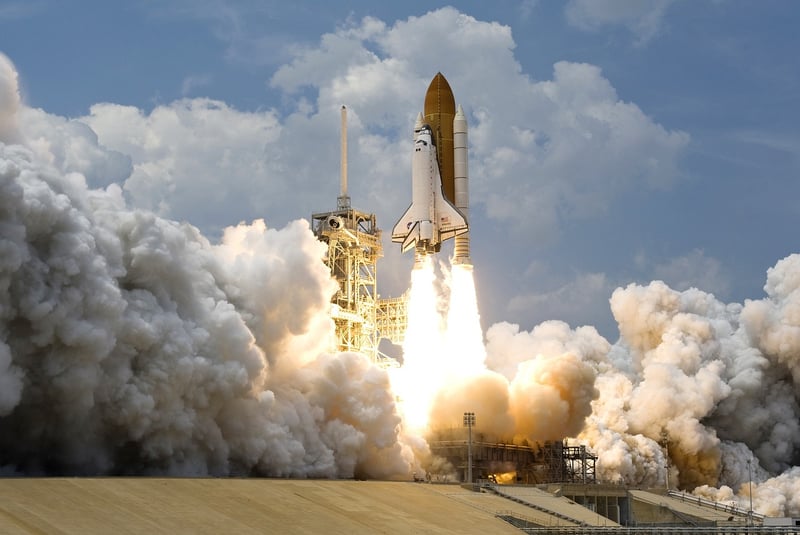Space Age Exploration
Exploring Different Eras: Space Age Exploration
The Space Age: A New Frontier
The Space Age, also known as the Age of Space Exploration, refers to the period in human history marked by significant advancements in space technology and exploration. It began with the launch of the Soviet satellite Sputnik 1 in 1957 and continues to this day with ongoing missions to explore the cosmos.
Key Milestones in Space Exploration
- 1957: Launch of Sputnik 1, the first artificial satellite
- 1961: Yuri Gagarin becomes the first human in space
- 1969: Apollo 11 lands astronauts on the Moon
- 1971: Launch of the first space station, Salyut 1
- 1990: Launch of the Hubble Space Telescope
- 2012: Curiosity rover lands on Mars
Technological Advances in Space Exploration
Advancements in technology have played a crucial role in enabling space exploration. From rockets and spacecraft to rovers and telescopes, these innovations have expanded our understanding of the universe.
Challenges of Space Exploration
Despite the remarkable achievements in space exploration, challenges remain. These include the harsh conditions of space, long-duration space travel, and the need for sustainable space missions.
Future of Space Exploration
The future of space exploration holds exciting possibilities, including missions to Mars, the potential for space tourism, and the search for extraterrestrial life. Scientists and engineers continue to push the boundaries of what is possible in space exploration.
Conclusion
The Space Age represents a time of bold exploration and discovery, where humanity has ventured beyond the confines of Earth to explore the vast cosmos. As we look to the future, the spirit of exploration continues to drive us towards new frontiers in space.

For more information on space exploration, visit NASA's official website.
